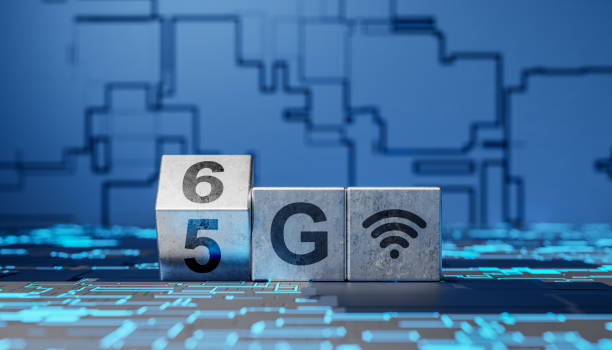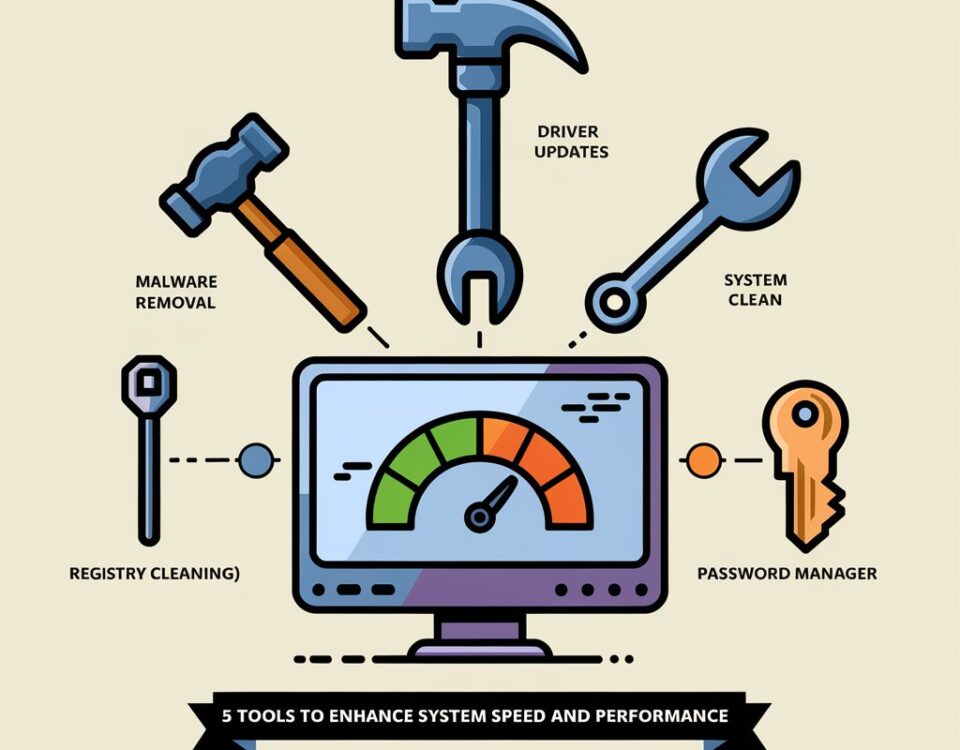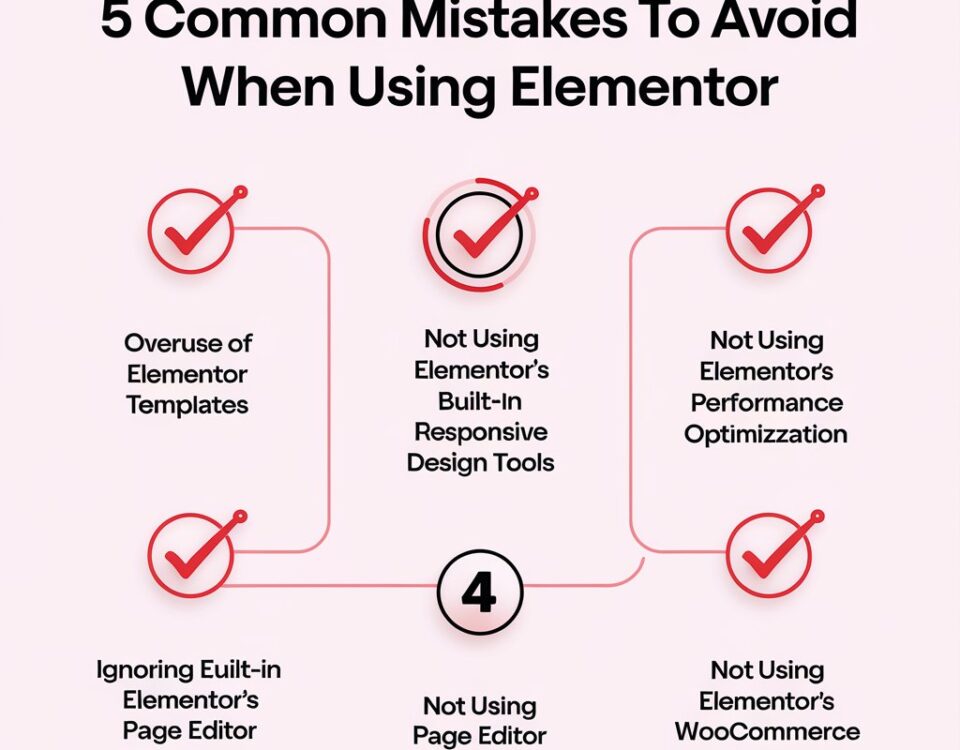
DeepSeek AI Model: Revolutionizing Intelligent Solutions
January 30, 2025
5 Key Differences Between DeepSeek and ChatGPT
February 17, 20256G Cellular Communications is the next-generation wireless technology. It will provide faster speeds, lower latency, and smarter networks. This technology will build on 5G advancements and offer groundbreaking capabilities.
What is 6G Cellular Communications?
It is the upcoming mobile network standard. It will enhance connectivity and improve data transfer efficiency. With expected speeds up to 1 terabit per second, it will revolutionize industries worldwide.
Key Features
1. Ultra-Fast Speeds
It will deliver speeds up to 100 times faster than 5G. This will enable real-time data processing and seamless communication.
2. Low Latency
Latency in 6G Cellular Communications will be reduced to microseconds. This will enhance real-time applications such as virtual reality and autonomous vehicles.
3. AI Integration
It will use artificial intelligence to optimize network performance. AI will enhance security, efficiency, and reliability.
4. Terahertz (THz) Frequency
It will operate on higher frequency bands. This will allow massive data transmission with minimal interference.
5. Smart Connectivity
It will support intelligent devices, smart cities, and next-generation IoT applications. It will enable seamless machine-to-machine communication.
Benefits
1. Enhanced Mobile Experience
Users will experience faster downloads, buffer-free streaming, and crystal-clear video calls with 6G Cellular Communications.
2. Healthcare Transformation
It will enable remote surgeries and AI-driven diagnostics. Real-time patient monitoring will become more efficient.
3. Improved Industrial Applications
Factories will use 6G Cellular Communications for automation and smart manufacturing. Robotics and AI will optimize production processes.
4. Smart Cities Development
It will enable interconnected smart cities. Traffic management, security systems, and public services will improve.
5. Environmental Sustainability
It will use energy-efficient technologies. This will reduce carbon footprints and support green communication systems.
Challenges
1. Infrastructure Development
Deploying 6G Cellular Communications will require new infrastructure. High-frequency networks need advanced base stations and fiber-optic systems.
2. Spectrum Availability
It will require more spectrum bands. Governments and telecommunication companies must allocate suitable frequencies.
3. Security Concerns
With advanced connectivity, cybersecurity threats may increase. 6G Cellular Communications must implement strong security protocols.
4. High Implementation Cost
Developing and deploying 6G Cellular Communications will involve huge investments. Countries and companies must collaborate to reduce costs.
Future of 6G Cellular Communications
It will transform industries and redefine connectivity. Researchers and tech giants are already working on prototypes. The technology is expected to launch commercially by 2030.
Conclusion
It will revolutionize wireless networks. It will offer ultra-fast speeds, low latency, and AI-driven enhancements. With continued research and development, it will shape the future of global communication.




